Method and process conditions for water-based paint wastewater treatment Text / Wan Lianghua Foshan Nanhai Yilin Chemical Co., Ltd. Wan Lianghua Our specialty is to do pre-treatment products such as degreaser, phosphating agent, zirconating agent, non-phosphorus lithiating agent graphene, and wastewater treatment AB agent and scavenger agent. These products of our company are widely used in various industries, such as furniture, home appliances, automobiles, military and other industries. Then there is our barrel industry. There are many companies supporting us. You have inner barrels, high-definition barrels and closed barrels. Different requirements use different process products. However, I will not talk too much about the phosphating process in the pre-treatment. What I shared with you today is the method and process conditions for the treatment of water-based paint wastewater. Over the years, especially in the past two years, everyone has attached great importance to this environmental protection issue in response to the call of the state and the needs of their own development. They are all trying to change the production environment of their own enterprises and improve the safety of production. Try to use water-based paint to change the air pollution caused by oil paint, and a series of problems such as safety hazards. However, there are some places where water-based paints are not mature enough. There are still problems that have not been completely solved. Everyone must have felt that the wastewater caused by water-based paint is a very serious problem. And no company in the current platform can propose a complete and effective treatment plan, and the standard operating process. This is one of the reasons why we have changed the process from oil paint to water paint. I discussed this issue here last year. I mentioned that I can solve this problem with some materials and methods. I didn't explain the actual usage and process conditions. Today, I will continue to discuss the basics of last year with everyone. There are 4 schemes that can be processed more efficiently, its reaction principle, and what the reaction process conditions are. Regardless of the type of agent chosen, the characteristics of the water-based paint itself should be considered, as these characteristics determine the process conditions and processing costs. So what are the characteristics of water-based paint? First, the water-based paint can be completely dissolved in water to become a water paint mixture. Water-based paint is a hydrophilic group molecule that can be completely mixed with water molecules when dissolved in water. It is present in every molecule of water and is free in every corner of the water. Please see the picture below. This is the case where the water-based paint is dissolved in water and the oily paint is completely different. Second, the water-based paint is easy to foam, and the water curtain cabinet is covered by foam for a long time. Water-based paints basically require more or less surfactants, causing the foam to fail in time. Please see the picture below, which is the case of water-based paint blistering. Third, the water-based paint is not sticky and will not be solidified in water. Because it dissolves in water, it dilutes the water-based paint. As long as the water is not dried, the water-based paint will not be solidified and will dissolve in the water. However, if the concentration is too high, it will become a paste, blocking the water pump and hanging on the curtain wall. Because of these characteristics, what methods can be used to deal with it? (1) Ultrafiltration machine processing. Please see the picture below, which is the model of the ultrafiltration machine, the filter element, and the working principle. The ultrafiltration process is a pressurized membrane separation technology that allows a small molecule of solute and solvent to pass through a specific film of a certain pore size under a certain pressure, so that the macromolecular solute is impermeable and remains on one side of the membrane. The macromolecular material is partially purified. Its main consumable is ultrafiltration membrane, a porous membrane with super "sieving" separation function. Its aperture is only a few nanometers to tens of nanometers, which means that there is only one hair strand! By applying a suitable pressure to one side of the membrane, solute molecules larger than the pore size can be sieved to separate particles having a molecular weight greater than 500 Daltons and a particle size greater than 2-20 nm. This completely separates the resin component of the water and can be recycled. At present, the most used ones are electrophoretic paint manufacturers. In the paint painting industry, it is not reasonable to use such a noble filter element to treat low-value waste water because it does not need water-repellent paint. (2) Treatment of common inorganic wastewater. Please see the picture below, which is the site and process conditions of ordinary wastewater treatment. When treating water-based paints as ordinary inorganic wastewater, the following materials should be used: After the above complex large-scale wastewater treatment system, perfect process conditions, using a large number of low-value chemicals, the water basically reaches the first-class standard. However, due to the large amount of solid waste, the cost of solid waste treatment is so high, and the cost of using this method is too high. This method is still used only in early large companies such as cars and parts factories. (3) Treatment of paint spray coagulant AB agent. Please see the picture below, this is the effect of the AB agent treatment. AB agent uses a unique polymer structure to decompose the resin in the water-based paint wastewater. The surfactant de-viscosity in the circulating water system loses stability, breaks the original water charge balance, and thus achieves adsorption, de-bonding and destabilization. The purpose of flocculation and floating is due to the wide variety of paints, the different compositions and the variability of water quality. In this case, a small test is required for formula selection, and the viscosity and paint are compared by comparing the same amount of paint sewage. The slag floats, the residue content, and the water quality clarity, and the AB agent product with higher cost performance is selected. Then the paint fog coagulant is divided into two components, A agent and B agent, and cannot be used at the same time. It is necessary to add A agent first, then add B agent. Under normal circumstances, the interval time is about 0.5-2.0 hours. The agent A mainly plays a role in eliminating the viscosity of the paint, and the agent B is used to flocculate the floating suspended solid particles to gather together. However, it should be noted that the use of the AB agent is a reasonable match. Otherwise, the paint residue may sink more. Water is less available. (4) Scavenger single agent treatment. Please see the following picture, this is the effect of the scavenger processing. The scavenger is produced by German technology, China's Foshan City, Fu Daofu Environmental Protection New Materials Co., Ltd. It is a special formula for water-based paint wastewater treatment. Its reaction principle with paint fog coagulant is completely different. Based on the non-stickiness of water-based paint, it is completely mixed with water in every corner, and it has a lot of foaming characteristics. Scavengers use their unique polymerizable molecules to directly react with resins, surfactants and colorants in water-based paint wastewater, so that these micron-sized solid molecular volumes can be instantly expanded by 10, quickly separated from water, adsorbed and desorbed. Stable and agglomerated. The solid component to be detached is relatively large in volume, and will inevitably float above the water and will not sink. The water-based paint slag that is picked up has no viscosity and good dehydration property, and can be completely pressed into a cake shape without water, which is convenient for us to transport. Processing. Reduce the cost of solid waste treatment. These methods are currently effective methods, but which method is more suitable for us? Which cost is lower? Or which one is more cost effective? From the above data, everyone understands. Please see the following comparison table, which is the consumables, advantages and disadvantages, and cost comparison of various treatment methods. Comparison of four methods for water-based paint treatment Ultrafiltration machine processing Ordinary inorganic wastewater treatment Paint mist agglomeration AB agent treatment Scavenger single agent treatment Consumables Filter, power supply PAC, PAM, NAOH, H2SO4 Agent A, Agent B, NAOH Scavenger Process One device More than 4 pools One outer circulation pool External circulation pool one (equipment) operating simple complex complex simple Solid waste Less or none Many (more auxiliary materials) More (large water content) Normal (small water content) Processing capacity 0.6 T / h 1-10 T / h 0.5-3 T / h 1-6 T / h overall costs 0.4 yuan / barrel 1 yuan / barrel 0.3 yuan / barrel 0.2 yuan / barrel The above mentioned the various processing methods, the selection of the processing method is only one of the aspects, another key is the need for a standard process conditions. Please take a look at the following pictures, which show different effects in different water curtain cabinets. There is no fixed process condition. This kind of situation can not be a guarantee for us to deal with, affecting the smooth progress of our production, and it is contrary to our improvement of environmental protection. Then why is this happening? I said before that the characteristics of water-based paint, it is a hydrophilic group of chemicals, after the reaction of the drug, he needs a certain amount of time and space to go up, waiting to pick up. However, if this process condition is not available, the paint slag that has not fully floated will continue to be mixed at high speed with the water of the water curtain cabinet, and the solid matter will be dissolved again in the water to become the suspended solids SS in the water, and it is worse. The day entered the pump, was smashed, and the impact was sunk to the bottom. Re-contaminant, increasing the viscosity of water and reducing the solubility of water. This continuous vicious cycle increases the difficulty of treating wastewater and ultimately cannot be solved. Therefore, the standard process conditions are very important. Please take a look at the following pictures, which are the treatment effects under the standard process conditions, which can be stable and effective for a long time. Ok, the condition of this process is an external circulation system, and the process map is like this. Please see, the following figure shows the water from the water curtain cabinet pumped to an external circulation pool. The size of the pool can be considered according to the flow rate of the pump itself. Under normal circumstances, a cubic large pool can be used. Into the water at one end of the pool, and add scavengers or other chemical treatment agents, so that the paint residue can be reacted in time, and then slowly float up above the pool and agglomerate after a little time. Then use manual slag or machinery for automatic cleaning. The clean waste water is then returned to the curtain cabinet from the other direction for further use, and the waste water with the paint is taken out to the outer circulation tank for treatment. Such a fixed cycle is a long-term effective treatment, a treatment to prevent vicious cycles, and a standardized industrial environment that can truly solve the water-based paint wastewater. By using the standard process conditions and the matching of suitable chemicals, the processing cost can be reduced, the labor can be reduced, the operability can be improved, and the effect, stability and safety can be ensured. I have a deep understanding of this point, because we have visited many companies from all walks of life in the past few years, and observed the water curtain cabinets and centralized treatment pools of various manufacturers. Everyone has put forward their valuable opinions. Among them, there are many mature manufacturers who can achieve good and stable effects. For example, these pictures have the effect of external circulation process conditions, and the contrast between these pictures is that there is no external circulation process condition. . It can be determined that manufacturers with standardized process conditions can effectively treat water-based paint wastewater for a long time. Really improved the paint environment. In addition, according to the current trend, artificial intelligence is the third industrial revolution, because now the labor costs are increasing, so the robots that replace the human resources that are rushing to rise are also emerging. For example, artificial intelligence integrated equipment that can automatically start, automatically add medicine, automatically clear slag, and automatically dry paint residue has also been used by many manufacturers. It can greatly reduce the cost of chemicals, labor costs, and is more safe and more stable. The key is to reduce the water content of the paint residue and directly reduce the cost of solid waste treatment. The picture below shows the scavenger machine. Stoneware Bakeware,Stoneware Baking Dish,Stone Bakeware,Unglazed Stoneware Bakeware Guangzhou Concept Home Ltd , https://www.concepthomelimited.com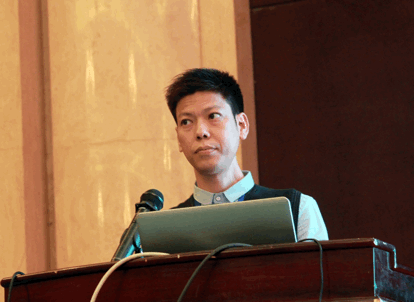
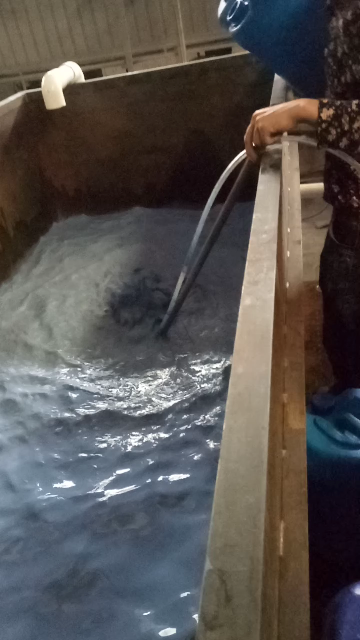
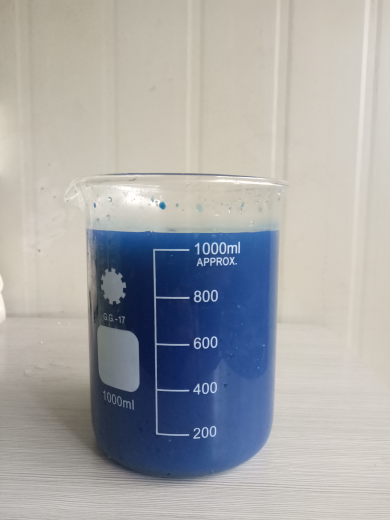
Water-based paint is completely dissolved in water 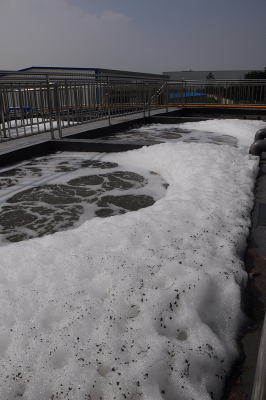
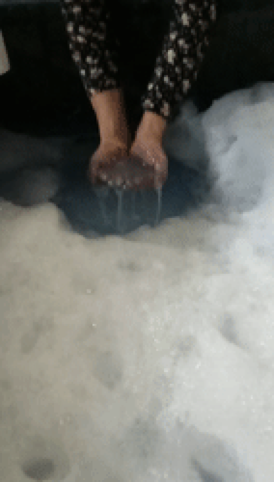
The blistering problem of water-based paint is very serious 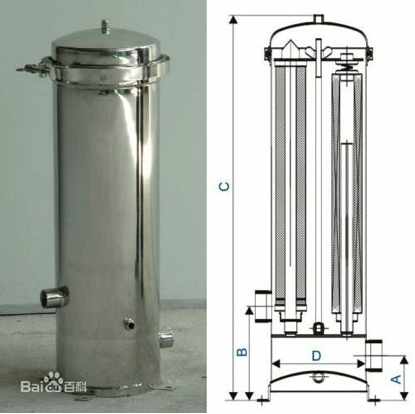
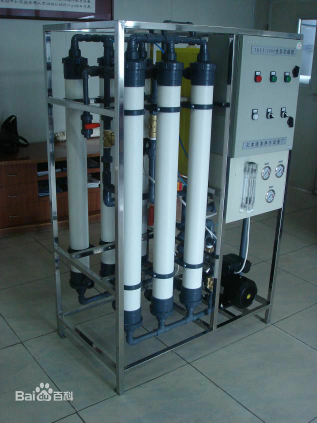
Ultrafiltration machine 
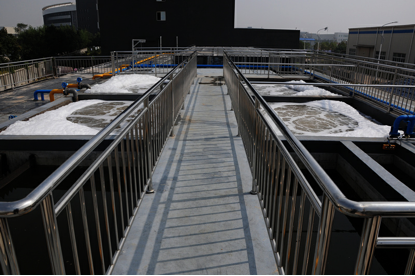
Ordinary inorganic wastewater treatment 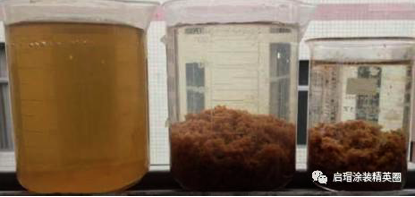
Paint mist coagulant AB agent treatment 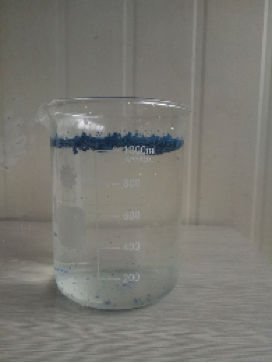
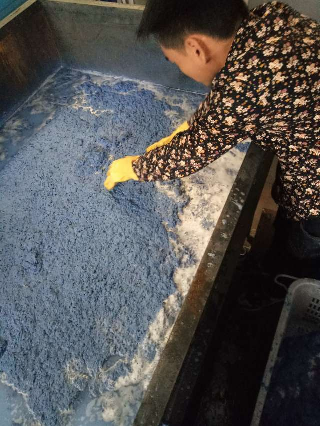
Scavenger single agent treatment effect
Preparation 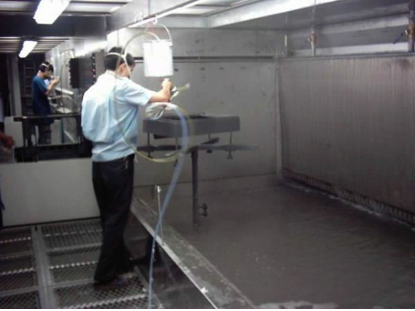
Water curtain cabinet operation 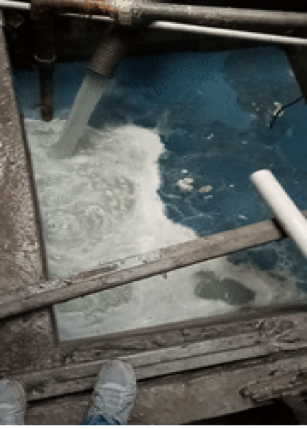
Effect of fixed external circulation process 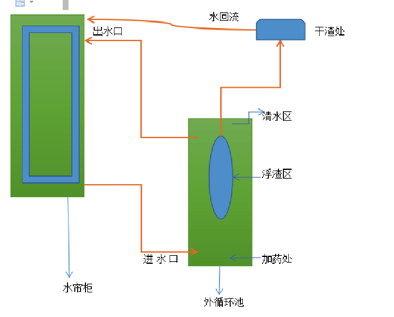
External circulation site process diagram 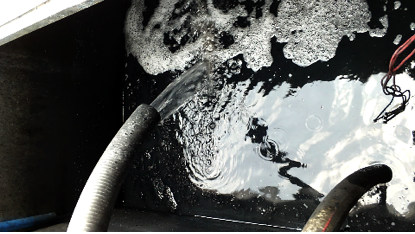
Equipment processing site 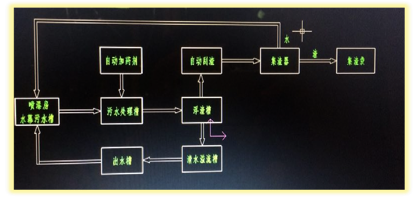
Schematic diagram of external circulation 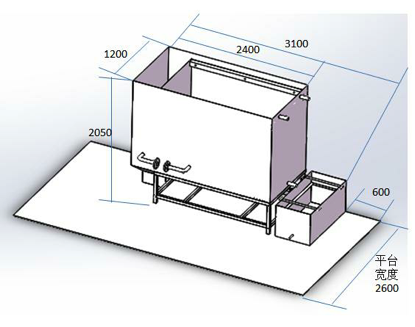

Scavenger machine design 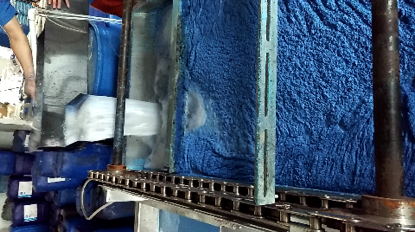
Equipment processing site